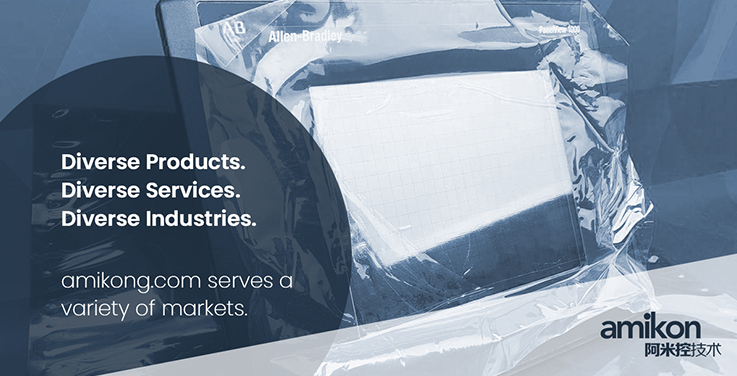The Dichotomy of Automation Landscapes
The automation sector exists in two parallel dimensions. The first is the conservative realm of basic pick-and-place operations, where countless enterprises still operate. In this world, implementing robotic process automation (RPA) or leveraging machine data for advanced analytics remains a radical concept.
The second dimension belongs to early adopters—factories with lights-out manufacturing where robots assemble other robots, machines make autonomous decisions, and all communications occur via edge computing powered by sophisticated artificial intelligence (AI). This futuristic scenario, reminiscent of Will Smith's Audi TT assembly line in I, Robot or the automated facilities of fictional corporations like Weyland-Yutani, Cybertron Systems, and Wayne Enterprises, is becoming increasingly common.
Most organizations operate in the liminal space between these extremes: small-scale automation is ubiquitous, while large-scale automation hums in the background. We routinely use enterprise resource planning (ERP) systems but rarely participate in their design or implementation.
The Rise of Microautomation
The concept of "microautomation" first appeared in a 2019 Strategy+Business article by PwC strategists Dan Priest, Kumar Krishnamurthy, and Alex Brantl. They defined it as:
"A new paradigm for productivity enhancement through rapid deployment of flexible, adaptive technologies that fill gaps in existing enterprise systems."
While originally focused on software solutions like RPA and natural language processing (NLP), microautomation applies equally to operational technology (OT). In industrial settings, it may manifest as:
A single industrial robotic arm installation
A variable-frequency drive (VFD) motor with precision feedback control
A small-scale human-machine interface (HMI) and programmable logic controller (PLC) system monitoring production
The past decade has seen growing recognition that enterprise IT stacks and industrial OT stacks are fundamentally interconnected—a realization driving unprecedented productivity and profit growth.
Hyperautomation: Risk or Opportunity?
However, hyperautomation threatens to create new silos between IT and OT domains. This need not be the case—technologies like business process management (BPM) and RPA can transcend traditional enterprise boundaries.
As Johan Jonzon, CMO and co-founder of edge analytics pioneer Crosser, explains:
"The essence of hyperautomation strategy is eliminating redundant workflow steps while automating the remainder. This simplifies business processes and reduces manual intervention. Automated data workflows alleviate IT team burdens while enhancing overall business efficiency. Once automated, all workflows become manageable through a unified digital platform."
Synergizing Hyperautomation and Microautomation
Understanding these approaches as complementary rather than contradictory is key to maximizing benefits—even for organizations not yet operating at I, Robot or Cybertron levels of automation.
Practical implementations already exist. For instance:
A manufacturer generates a bill of materials (BoM)
The system automatically creates production orders
The same BoM gets shared with an automated parts supplier network
Suppliers autonomously bid for contracts
Future iterations might see BPM or RPA software automatically negotiating supply contracts.
Reconnecting IT and OT Through Strategic Automation
Regardless of implementation specifics, combining hyperautomation with microautomation:
Resolves complex system management challenges
Re-establishes crucial connections between enterprise IT and OT
Creates scalable pathways toward next-gen manufacturing
Conclusion
The automation evolution isn't about choosing between micro- and hyperautomation—it's about strategically deploying both to bridge IT/OT divides. Organizations that master this synergy will lead the fourth industrial revolution, whether they're automating a single workcell or building the factories of science fiction.



